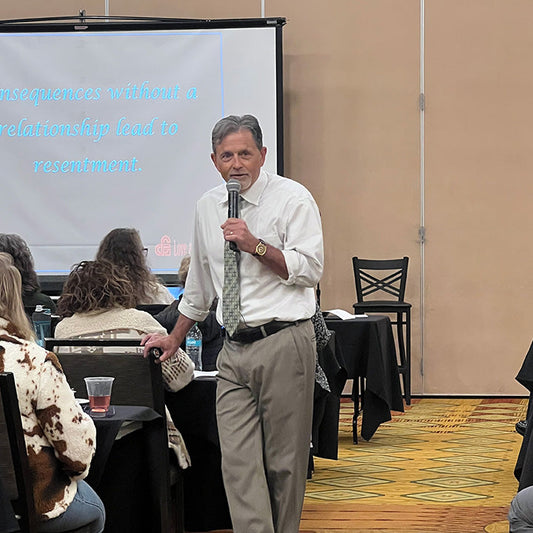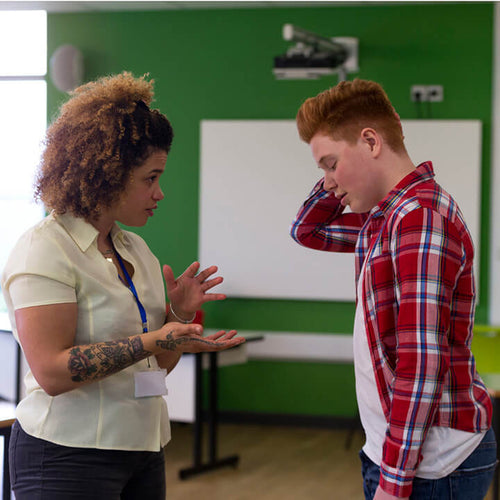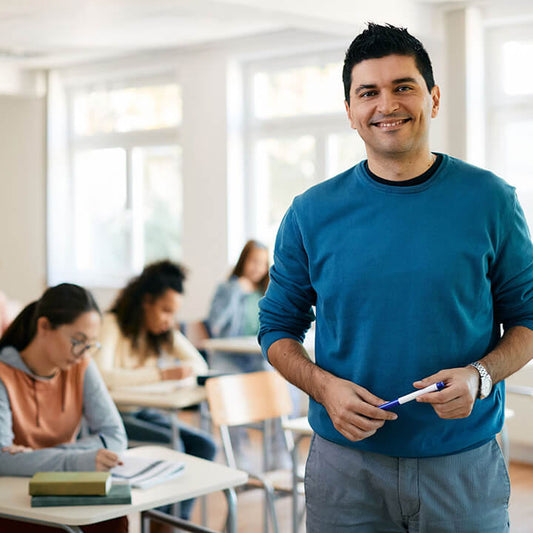Olivia spends most of every school day sniffing her desk rather than completing assignments. Carson takes twenty-seven trips back and forth from the pencil sharpener to his desk every day. When his teacher asks him to get to work, he throws a fit and refuses to comply. Tiffany just sits there. She's no problem for anybody else… but she just sits there.
Do you know an Olivia… or a Carson… or a Tiffany? For over twenty-five years, we at Love and Logic have asked teachers to describe the top challenges they face with students. Year after year, they place one at the top of the list: Capable kids who just won't try.
Gaining productivity from these students rests on the following process:
Relationship
The student must feel emotionally connected to the teacher. All effective work with people rests on the development of positive relationships.
Risk
When the student experiences this positive human connection, he or she is more likely to take healthy risks required to learn.
"Risk" means the student tries something that they: (a) don't want to do; (b) don't think they can do; or (c) are afraid they won't do perfectly.
Struggle
There is no shortcut for building motivation and healthy self-concept apart from struggle.
Again, the student must feel so connected with the teacher that they are willing to keep trying even when they want to give up.
Accomplishment
The student must see… first hand… how good it feels to overcome a challenge. In the initial stages, the student must have this experience at least 95% of the time they work hard and persevere.
Attribution
The student must attribute their success experience to factors within their control and associated with sustained effort.
Love and Logic dives into the concrete, practical strategies for each step of this process. For more, check out Teaching with Love and Logic.
Thanks for reading!



























